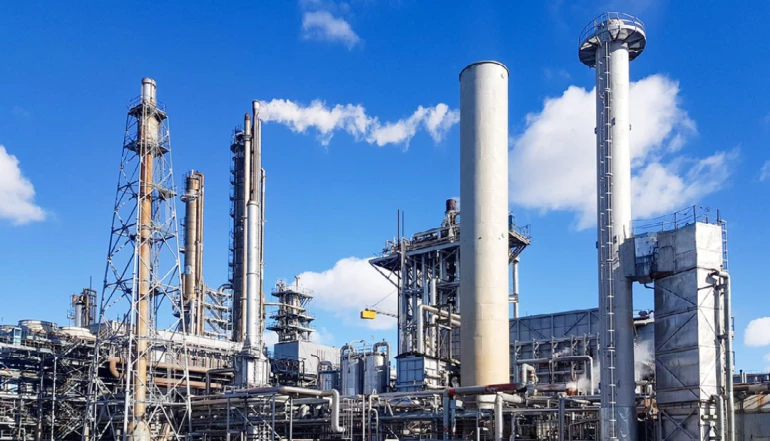Green Ammonia Plants: Pioneering Sustainable Ammonia Production
Green ammonia plants represent a cutting-edge approach to ammonia production that prioritizes environmental sustainability and renewable energy integration. Ammonia, a crucial compound in the global fertilizer industry and a potential clean energy carrier, can be produced without greenhouse gas emissions through renewable-powered electrolysis.
Key Features of Green Ammonia Plants:
-
Renewable Energy Integration:
Green ammonia plants leverage renewable energy sources such as wind or solar to power the electrolysis process. This electricity is then utilized to split water into hydrogen and oxygen, with hydrogen being a key component in ammonia synthesis.
-
Electrolysis for Hydrogen Production:
Electrolysis, a central process in green ammonia production, involves passing an electric current through water, separating it into hydrogen and oxygen. This hydrogen becomes the basis for ammonia synthesis without relying on fossil fuels.
-
Zero Carbon Emissions:
By utilizing renewable energy and eliminating the need for fossil fuels, green ammonia plants produce ammonia with zero direct carbon dioxide emissions. This aligns with global sustainability goals and aids in reducing the carbon footprint of the ammonia industry.
-
Ammonia Synthesis:
The hydrogen produced through electrolysis is combined with nitrogen to produce ammonia. The synthesis process ensures that the resulting ammonia is of the same quality and utility as traditionally produced ammonia.
Importance and Applications:
-
Fertilizer Production: Green ammonia can be used to produce sustainable fertilizers, reducing the carbon footprint of the agricultural sector, which heavily relies on ammonia-based fertilizers for crop growth.
-
Clean Energy Storage and Carrier: Ammonia can act as a viable carrier for hydrogen, facilitating its storage and transportation. This has potential applications in the fuel cell industry and as a clean fuel for various sectors.
-
Carbon-Neutral Fuel: Green ammonia can be used as a carbon-neutral fuel in the marine and aviation sectors, offering a potential solution to reduce carbon emissions in transportation.
-
Energy Grid Stability: Green ammonia can be utilized in power generation, aiding in energy grid stability by providing a reliable and clean source of fuel for power plants.
-
Hydrogen Production: Green ammonia plants play a role in the larger hydrogen economy by providing a sustainable source of hydrogen, a critical element in the clean energy transition.
Green ammonia plants are at the forefront of sustainable industrial practices, demonstrating the potential to reshape traditional ammonia production. By utilizing renewable energy and innovative technologies, green ammonia contributes to a greener and more sustainable future across multiple sectors.


